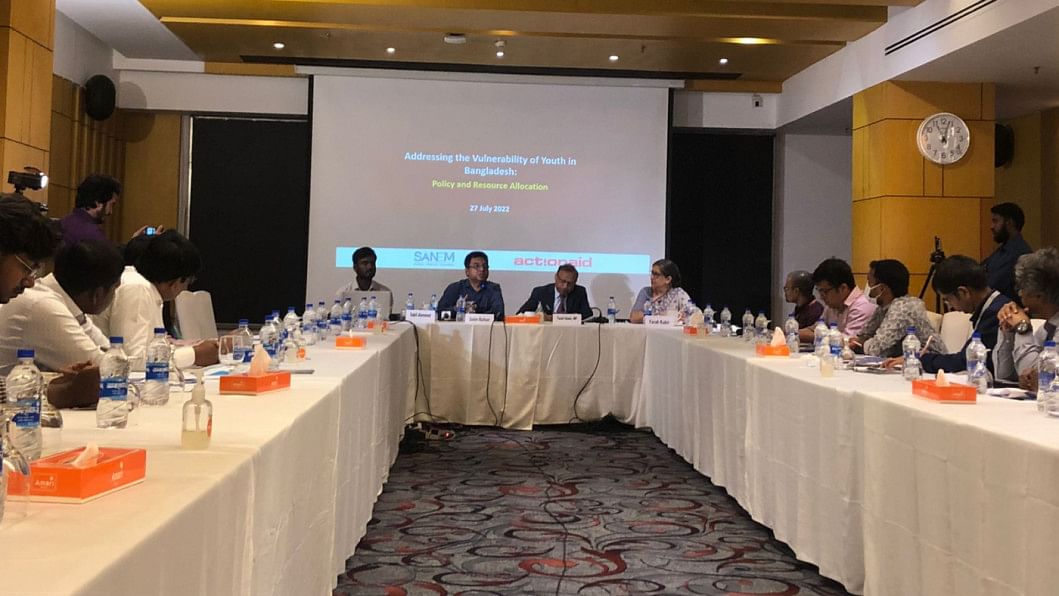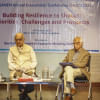‘Work on youths to utilise demographic dividend’

Bangladesh should work on the young population now for future development as the country has only 15 years left to reap the benefits of the demographic dividend, an economist said today.
The demographic dividend is the economic growth potential that can result from shifts in a population's age structure, according to the United Nations Population Fund (UNFPA).
A country enjoys demographic dividend when it has higher working-age (15 to 64) population than non-working and the window opened for Bangladesh in 2007 and it will end in 2037, according to data of Bangladesh Bureau of Statistics.
"Bangladesh is not on the right track, but not in a bad position also," said Prof Selim Raihan, executive director of the South Asian Network on Economic Modeling (Sanem).
"We have been talking about the demographic dividend in the last 15 years and the rest 15 years will end soon."
"Yet, Bangladesh is in a mixed position to reap the outcome of the demographic dividend. We have to take proper measures, including large-scale investments in education and health sectors to cash in on the demographic dividend," said Raihan.
He made the comments today at a dialogue on "Addressing vulnerability of youth in Bangladesh: policy and resource allocation".
Sanem and ActionAid Bangladesh jointly organised the event at Amari Dhaka hotel in the capital.
Md Tazul Islam, minister of the local government, rural development and cooperatives, attended the event as the chief guest.

 For all latest news, follow The Daily Star's Google News channel.
For all latest news, follow The Daily Star's Google News channel. 








Comments